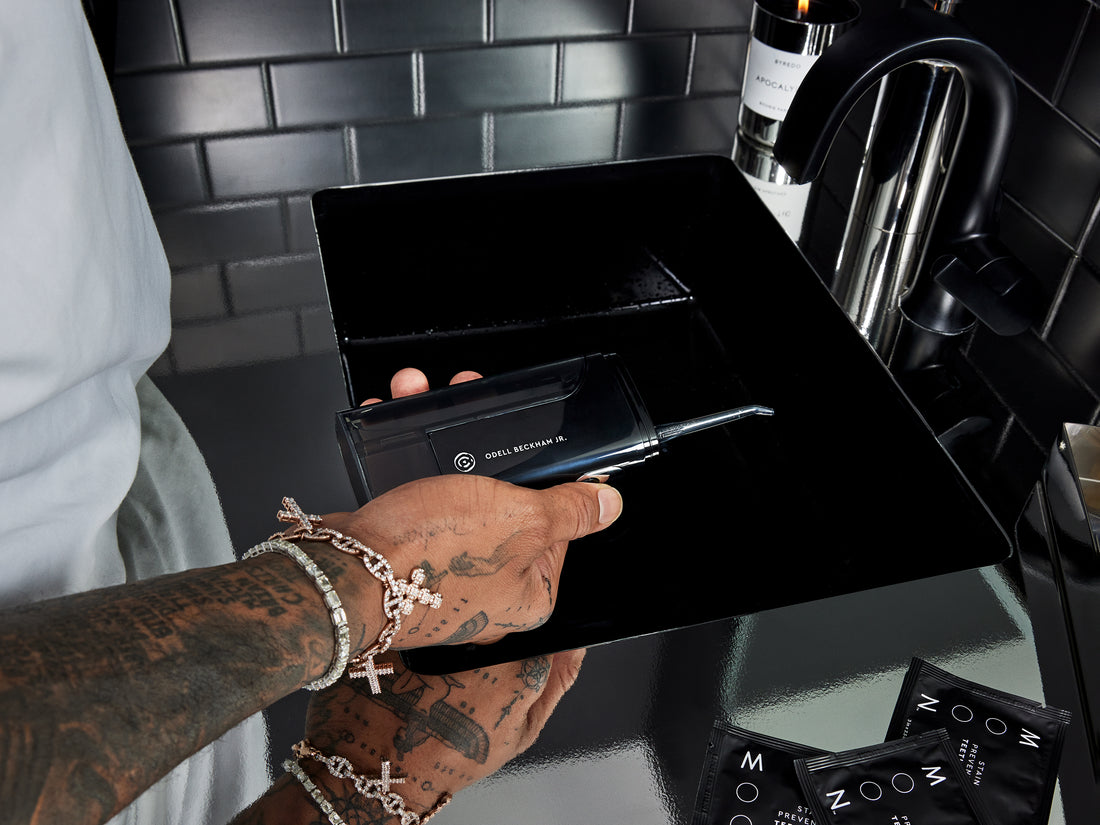When it comes to maintaining good oral health, flossing is an essential part of your dental routine. But which is better: traditional flossing or water flossing?
The benefits of traditional flossing
Traditional flossing involves using a thin piece of floss to clean in between your teeth and along the gum line. Here are some benefits of traditional flossing:
- Removes plaque and food particles: Traditional flossing is effective at removing plaque and food particles that can get stuck between your teeth.
- Cost-effective: Traditional flossing is an affordable option for maintaining good oral hygiene.
- Portable: Traditional floss is easy to carry with you wherever you go, making it a convenient option.
The benefits of water flossing
Water flossing involves using a device that sprays a stream of water to clean between your teeth and along the gum line. Here are some benefits of water flossing:
- Effective at removing plaque: Water flossing has been shown to be more effective at removing plaque and reducing gum inflammation compared to traditional flossing.
- Easy to use: Water flossers are easy to use and can be less physically demanding than traditional flossing.
- Can be beneficial for those with braces: Water flossing can be especially beneficial for people with braces, as it can reach areas that traditional flossing may not be able to.
Which is better: traditional flossing or water flossing?
Both traditional flossing and water flossing have their benefits, but the most important thing is to choose the option that works best for you and your oral health needs. If you have trouble with traditional flossing, or if you have braces or other dental appliances, water flossing may be a better option for you. However, if you prefer the simplicity and portability of traditional flossing, then stick with that. In the end, the most important thing is to maintain a consistent flossing routine, whether it's with traditional floss or a water flosser.
Water flosser vs traditional flossing: Which is better for braces?
If you have braces, you know that it can be a challenge to keep your teeth and gums healthy. Food particles can easily get trapped between the brackets and wires, making it difficult to clean your teeth effectively. So, which is better for braces: traditional flossing or water flossing? The benefits of traditional flossing for braces Traditional flossing can be effective for removing plaque and food particles from between your teeth and along the gum line. However, it can be difficult to maneuver the floss around the brackets and wires of your braces.
The benefits of water flossing for braces
Water flossing can be a great option for people with braces. Here's why: Easier to use: Water flossing can be easier to use than traditional flossing, especially if you have braces or other dental appliances.
- More effective: Water flossing has been shown to be more effective at removing plaque and reducing gum inflammation compared to traditional flossing.
- Can reach difficult areas: Water flossers can reach areas that traditional flossing may not be able to, making it easier to clean around brackets and wires.
- Which is better: traditional flossing or water flossing for braces? If you have braces, a water flosser can be a great option for maintaining good oral health.
Overall, whether you choose to use a water flosser or traditional floss, the important thing is to make sure you are flossing regularly. Flossing helps to remove plaque and food particles that brushing alone cannot reach, and can prevent gum disease and tooth decay. It's recommended to floss at least once a day, but if you have braces, it's even more important to floss after every meal to prevent food from getting trapped in your brackets and wires. So, whichever method you choose, make sure to make flossing a part of your daily oral hygiene routine for a healthy smile.




